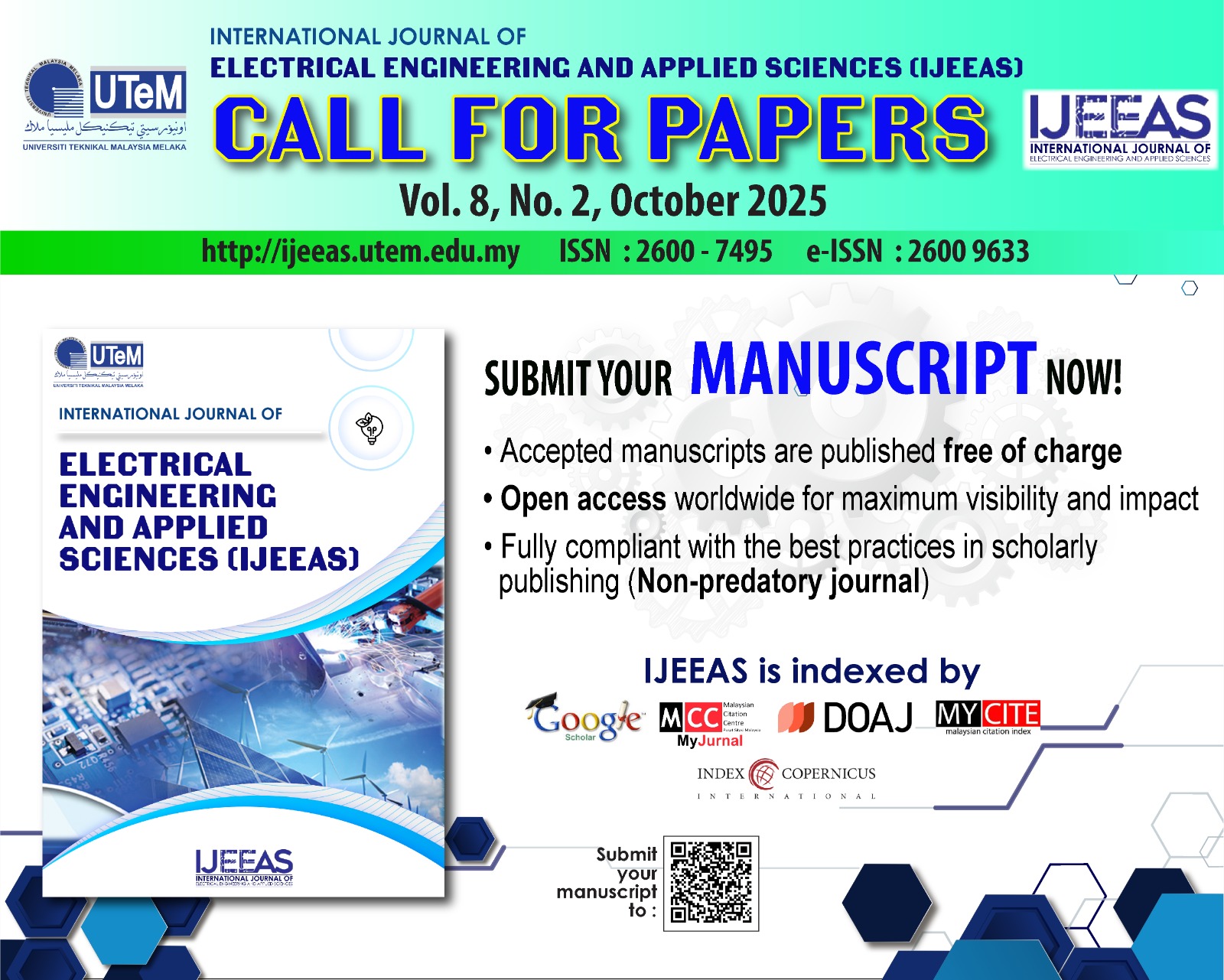Effect of Defect Density Variation in CdTe Solar Cell Using Cu as A Hole Transport Layer and Back Contact
DOI:
https://doi.org/10.54554/ijeeas.2024.7.02.009Abstract
Cadmium Telluride (CdTe) solar cells have the potential to achieve high efficiency, but material defects present a significant challenge to their performance. These defects act as recombination sites, capturing electrons and holes, thereby hindering current flow and reducing the overall efficiency of the CdTe solar cells. Addressing these defects is crucial for enhancing charge carrier transport and optimizing efficiency. This research paper analyzes the effect of defect density numerically using SCAPS-1D simulation software on SnO2/CdTe/CdS/Cu multi-junction structural solar cells. The performance parameters of the proposed cell are optimized by varying different numerical particulars. Our analysis reveals that by varying the defect density from 1012 to 1018 cm-3, the efficiency of the proposed solar cells varies from 17.65% to 2.56%, with the open-circuit voltage (Voc) at 0.85V, short-circuit current density (Jsc) at 26 mA/cm², and fill factor (FF) at 82%. The efficiency optimization is attributed to the conduction band effective density of states, Nc = 2.2 x 1018 cm-3, and valence band effective density of states, Nv = 1.8 x 1019 cm-3 of the donor material
(SnO2). The cell's power conversion efficiency is optimized when the absorber has a balanced concentration of neutral, acceptor, and donor defects at 1 x 1014 cm-3. At an operating temperature of 300 K, an efficiency of 18% is achieved.
Downloads
Downloads
Published
How to Cite
Issue
Section
License
Authors who publish with this journal agree to the following terms:
- Authors retain copyright and grant the journal right of first publication with the work simultaneously licensed under a Creative Commons Attribution License that allows others to share the work with an acknowledgement of the work's authorship and initial publication in this journal.
- Authors are able to enter into separate, additional contractual arrangements for the non-exclusive distribution of the journal's published version of the work (e.g., post it to an institutional repository or publish it in a book), with an acknowledgement of its initial publication in this journal.
- Authors are permitted and encouraged to post their work online (e.g., in institutional repositories or on their website) prior to and during the submission process, as it can lead to productive exchanges, as well as earlier and greater citation of published work (See The Effect of Open Access).







